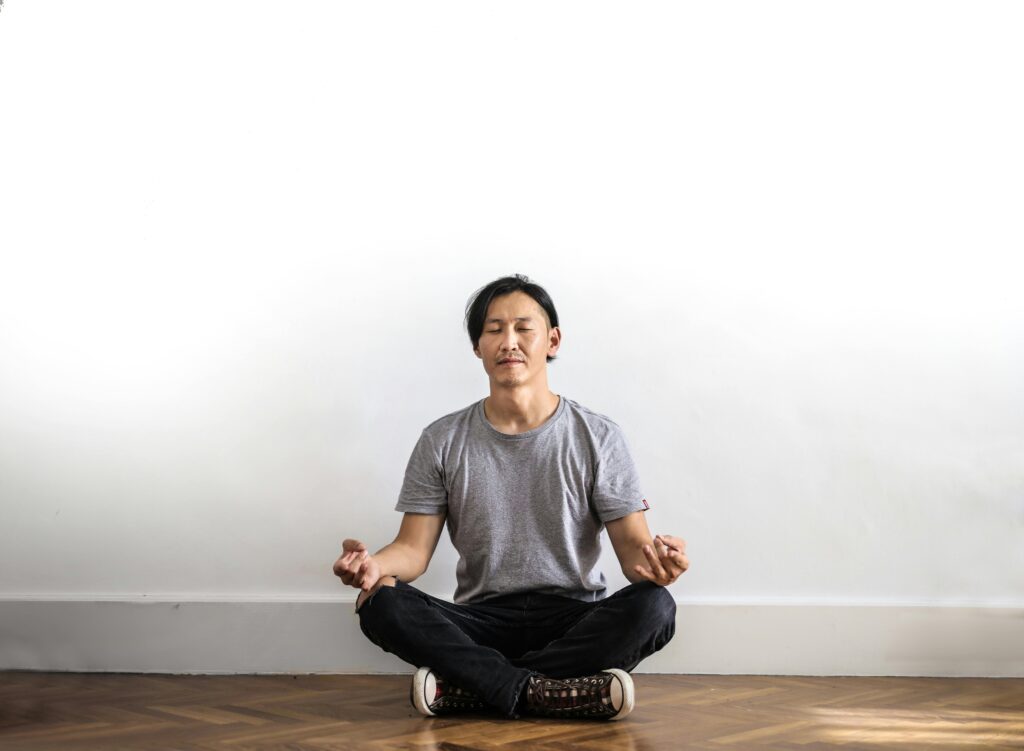Introduction
Writing is an intimate act: you dive into your thoughts, wrestle with words, and craft stories or arguments that resonate with readers. Yet the blank page can feel daunting, distractions abound, and self-doubt often creeps in. Mindfulness for writers offers a way to anchor yourself in the present moment—unlocking fresh ideas, reducing anxiety, and deepening your connection to your work.
Paradoxically, pausing to observe your breath or inner dialogue can sometimes interrupt a hard-earned flow, leaving you stalled instead of inspired. In this post, we’ll explore both the uplifting and challenging aspects of weaving mindfulness into your writing practice. You’ll find real-life examples from authors who’ve thrived (and stumbled), practical techniques tailored for scribes, and a Q&A and FAQ section to address your biggest concerns. Whether you’re drafting a novel, polishing a blog post, or jotting down poems, you’ll walk away with tangible strategies to write with clarity—and compassion for yourself.
1. Understanding Mindfulness for Writers

Mindfulness means paying nonjudgmental attention to the present moment—your thoughts, emotions, and sensory experience. For writers, this translates into:
- Awareness of Internal Narratives: Noticing the “I’m not good enough” voice or the urge to self-edit mid-sentence.
- Sensory Engagement: Tuning into the feel of your pen on paper, the click of keys, or the ambient sounds around you.
- Emotional Regulation: Observing frustration or excitement without being swept away—so you can respond thoughtfully, not reactively.
Positive Aspect: Mindfulness helps you catch negative self-talk early, replacing it with curiosity and kindness.
Negative Aspect: Heightened awareness can spotlight every flaw in your draft, stalling progress if you overanalyze.
2. The Positive Impact: Boosting Creativity and Resilience

2.1 Unblocking Writer’s Block
- Example: After weeks of staring at a blank screen, novelist Arjun tried a simple two-minute breathing exercise before writing. Upon returning, he found the opening scene flowed naturally—his mind freshly uncluttered.
2.2 Heightened Observational Skills
- Tuning into your environment—sights, smells, textures—enriches descriptions and world-building.
- Example: Poet Neha began a “five-senses walk” each morning. She returned with vivid images—rustling leaves, distant laughter—that blossomed into her most praised stanza.
2.3 Improved Emotional Endurance
- Writing intensively—especially memoir or trauma narratives—can be emotionally draining. Micro-practices help regulate tears or tension, sustaining your stamina.
- Example: Memoirist Samira used a body-scan between drafting chapters about difficult memories. This pause prevented overwhelm and allowed her to write with both honesty and composure.
3. The Negative Side: When Mindfulness Hinders Your Flow

3.1 Over-Analysis and Perfectionism
- Pausing to notice every anxious thought (“This sentence is terrible”) can lead to endless self-editing loops.
3.2 Flow State Interruptions
- Getting “in the zone” often requires uninterrupted momentum. Even a brief guided pause can yank you out of a creative cascade.
3.3 Time Pressure
- In deadlines or timed writing sessions, a ten-minute meditation can feel like a luxury you can’t afford—adding stress instead of relieving it.
Real-Life Slip-Up: Blogger Karan scheduled a 15-minute silent meditation mid-NaNoWriMo (National Novel Writing Month). By the time he returned, he’d forgotten his story arc and struggled to regain his narrative thread.
4. Practical Mindfulness for Writers Techniques

4.1 The Two-Breath Drafting Ritual
- How to Do It: Before typing your first word—or hitting “Enter” on a new paragraph—take two slow breaths. Feel your feet on the floor, hands on the keyboard, and bring attention to the present page.
- Why It Works: Creates a gentle boundary between everyday worries and your writing mind, priming creativity.
4.2 Sensory Grounding Exercise (1–2 Minutes)
- How to Do It: Pause and note one thing you see, one thing you hear, and one thing you feel physically (e.g., your chair’s texture). Then resume writing, richer with sensory detail.
- Why It Works: Enhances descriptive power and anchors you when anxiety spikes.
4.3 Stream-of-Consciousness Warm-Up
- How to Do It: Set a 5-minute timer. Write without stopping or self-editing—just let words pour out. Afterwards, take one mindful breath and proceed to your main draft.
- Why It Works: Clears mental clutter, primes the writing muscles, and reduces inner critic interference.
4.4 Physical Movement Between Writing Sprints
- How to Do It: After 25–30 minutes of focused writing, stand, stretch, or walk mindfully for one minute—notice each movement and breath.
- Why It Works: Prevents mental fatigue, releases physical tension, and readies you for the next sprint.
4.5 Loving-Kindness Mini-Meditation for Writers
- How to Do It: After a challenging editing session, close your eyes and silently repeat: “May my writing serve its purpose. May I be patient with myself.” (30 seconds is enough.)
- Why It Works: Counters harsh self-judgment, fostering a nurturing inner dialogue.
5. Integrating Mindfulness into Your Writing Routine
- Anchor to Routine: Pair micro-practices with habitual actions—before opening your writing app, after checking email, or while waiting for your coffee to brew.
- Visual Reminders: Place a small sticky note on your monitor that simply says “Pause.”
- Accountability Partner: Check in with a fellow writer at a set time—share which mindfulness tip you used and how it felt.
- Flexible Timing: If you miss one micro-practice, skip self-criticism—simply pick up at the next natural pause.
Q&A Section
- Q: Will mindfulness slow down my word count?
A: Initially, micro-practices may shave seconds off your pace, but they boost clarity and reduce time lost to endless self-editing—often increasing net output. - Q: How do I stay mindful in a busy café?
A: Use internal anchors—focus on your breath or the sensation of pen on paper, rather than seeking external quiet. - Q: Can mindfulness help with creative anxiety?
A: Yes—by observing anxious thoughts without judgment, you prevent them from spiraling and reclaim mental space for ideas. - Q: What if meditation makes me more self-critical?
A: Pair mindfulness with self-compassion practices (like loving-kindness). If harsh thoughts arise, gently label them (“thinking…”) and return to breath. - Q: How often should writers practice mindfulness?
A: Aim for 3–5 micro-practices per writing session—before starting, between paragraphs, and after completing a draft.
FAQ Section
- Is a guided meditation app necessary?
No—most micro-practices are self-guided. Apps offer structure but aren’t essential. - How long until I notice benefits?
Some clarity emerges immediately; sustained creativity gains often appear within two weeks of consistent practice. - Can mindfulness replace writing coaching or critique?
No—mindfulness complements skill development but doesn’t substitute for feedback or craft study. - What if I can’t sit still?
Movement-based practices—like mindful stretching or walks—count as mindfulness and may suit you better. - Will mindfulness cure perfectionism?
It softens perfectionistic tendencies by increasing awareness of unhelpful thought patterns—but ongoing self-compassion work is also key.
You Can also read more about mindfulnees for writers at this site.
Friendly Closing Message
Mindfulness for writers isn’t about swapping words for silence; it’s about weaving presence and self-kindness into every keystroke. By integrating brief, writer-friendly micro-practices—whether a two-breath draft ritual, a sensory grounding pause, or a loving-kindness flourish—you’ll nurture creativity, tame your inner critic, and write with greater ease. Start today: pick one technique above, try it in your next writing session, and notice how mindful moments can transform your craft—one sentence at a time. Happy writing!

Pingback: Mindfulness for Lawyers: How It Strengthens Your Advocacy (Yet Sometimes Stirs Deeper Stress) - Calm Within Minutes
Pingback: Mindfulness for Chefs: How It Elevates Your Culinary Craft (Yet Sometimes Amplifies Kitchen Stress) - Calm Within Minutes